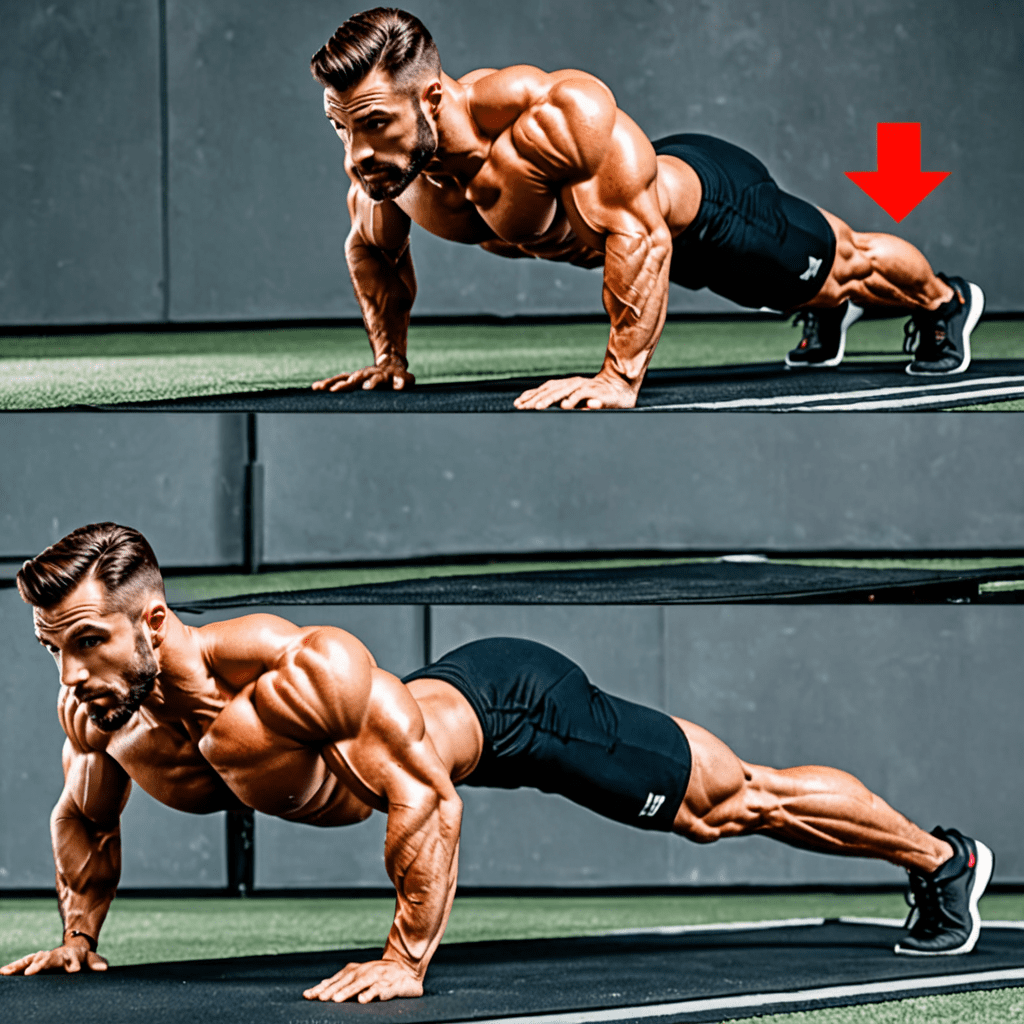
Proper Breathing Technique for Effective Push-Up Performance
The Importance of Breathing During Push-Ups
Correct breathing technique is crucial during push-ups as it helps to optimize performance and prevent potential injury. By coordinating your breath with your movement, you can enhance your stability and muscular control.
How to Breathe During Push-Ups
When descending into a push-up, inhale slowly and deeply through your nose. As you push back up, exhale forcefully through your mouth. This controlled breathing pattern aids in stabilizing your core and maximizing your strength output.
The Role of Breathing in Maintaining Form
Proper breathing patterns support maintaining a straight body alignment, preventing excessive arching or sagging of the lower back. When done correctly, breathing can help you sustain proper form throughout the exercise.
Tips for Breathing Throughout Your Push-Up Sets
Focus on maintaining a consistent breathing rhythm, regardless of the number of repetitions performed. It’s common for individuals to hold their breath, particularly when fatigued, but it’s important to prioritize steady, controlled breathing to optimize your push-up performance.
Breathing Techniques for Different Variations of Push-Ups
Whether you’re performing traditional push-ups, incline push-ups, or diamond push-ups, the breathing principles remain consistent. However, for more challenging variations, such as plyometric push-ups, mastering your breath becomes even more critical to support explosive power and control.
FAQ
Q: Should I hold my breath at any point during the push-up?
A: It’s important to avoid breath holding during push-ups as it can lead to an increase in blood pressure and limit oxygen delivery to your muscles. Consistent and controlled breathing is key to optimal performance and safety.
Q: Can breathing incorrectly during push-ups lead to injury?
A: Yes, improper breathing techniques can contribute to muscle tension and potential strain on the back and neck. By prioritizing proper breathing, you can reduce the risk of injury and support overall stability and control during the exercise.


